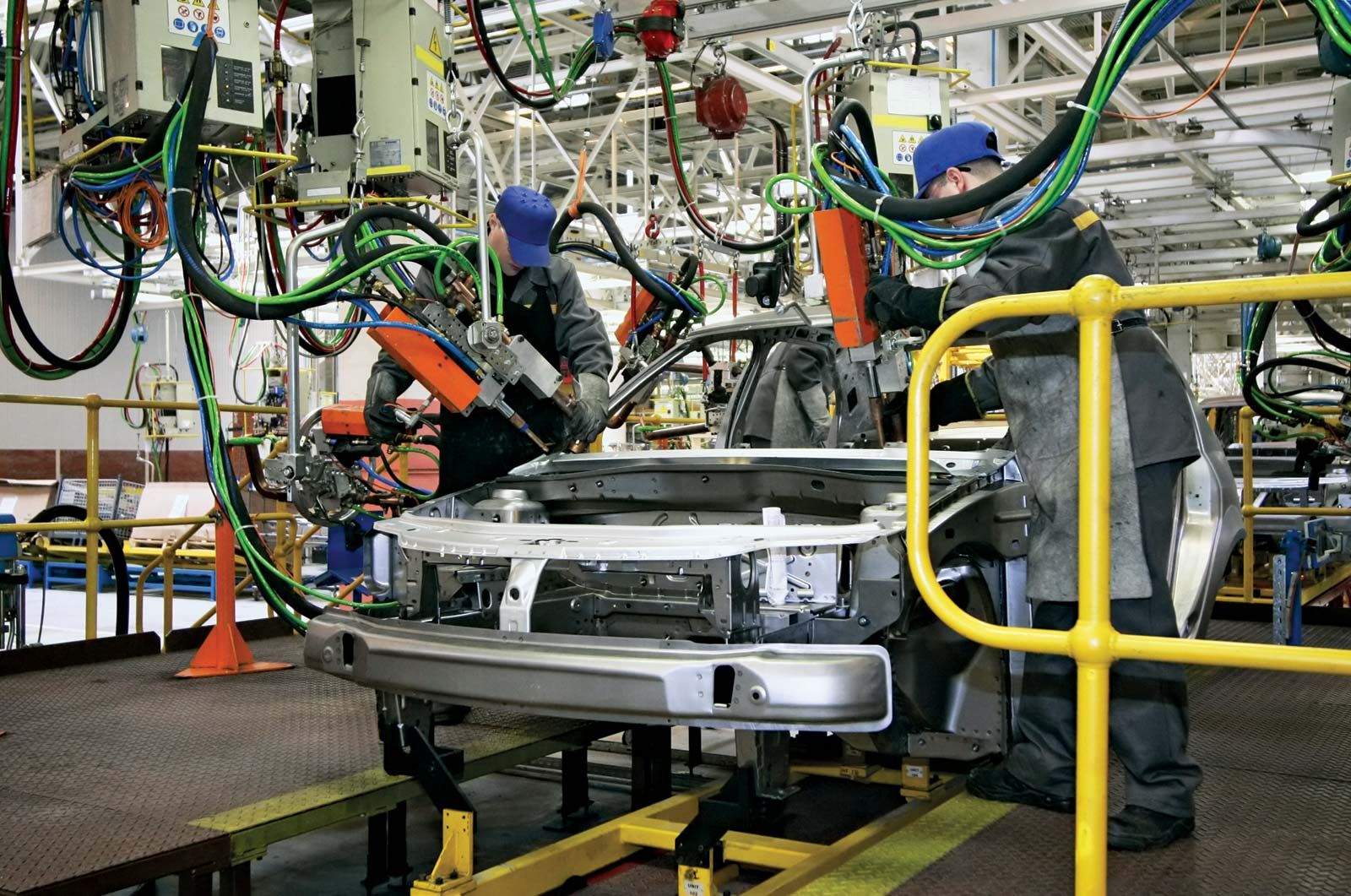When one thinks of automotive museums, images of dusty relics and rigid timelines often come to mind. However, the Mullin Auto Museum in Oxnard, California, shatters these preconceived notions and invites all enthusiasts and casual visitors alike to embark on a captivating journey through time and innovation. Its distinguished collection of French automobiles from the early 20th century offers an unparalleled narrative of craftsmanship, design, and technological prowess.
Artistry and engineering converge within the museum’s walls, showcasing models that are not merely vehicles but embodiments of a unique cultural ethos. As you make your way through the well-curated exhibits, you will find yourself immersed in an tapestry woven from the threads of history, art, and ingenuity.
Upon entering the Mullin Auto Museum, guests are immediately enveloped in an atmosphere of elegance. The architecture of the museum reflects the aesthetic of Art Deco, further enhancing the allure of the automobiles housed within. Large, open spaces bathe each exhibit in natural light while allowing for an unobstructed view of the intricate details of each vehicle. The space itself serves as a canvas, accentuating the stunning designs and the storied past they represent.
The collection centers predominantly around cars manufactured between the 1920s and 1940s, an epoch characterized by daring ambition and stylistic innovation. Each vehicle is meticulously selected, resulting in a collection that not only champions the engineering achievements of yesteryear but also showcases the evolution of automotive design philosophies. From the sleek lines of the Bugatti Type 57SC Atlantic to the sporty allure of the Talbot-Lago T150-C-SS, every car tells a tale of its time, stirring curiosity and reflection among visitors.
One of the most compelling aspects of the Mullin Auto Museum is its commitment to the artistic merit of automotive design. Cars like the Hispano-Suiza H6C and the Delahaye 135 embody the avant-garde spirit of the period, featuring curves and embellishments that are as much a feast for the eyes as they are engineering marvels. Their designs echo the principles of fine art, where form and function dance in harmonious balance. It’s almost bewildering to think that these automobiles once roamed the streets, becoming a part of everyday life while simultaneously serving as mobile works of art.
Furthermore, the Mullin Auto Museum invites a fresh perspective on the automobile as an artifact. In veering away from the conventional narrative that often relegates cars to mere mechanical devices, the museum elevates them to cultural icons, deserving of reverence and contemplation. Each exhibit challenges visitors to consider how these vehicles reflect the societies that birthed them, infused with the hopes, dreams, and aspirations of a bygone era.
Not to be overlooked, the museum pays homage to the legendary figures of the automotive world, spotlighting notable designers and innovators whose contributions have left an indelible mark on the industry. Through cleverly designed displays and informative signage, visitors can learn about the luminaries behind some of the most iconic designs, providing depth to the experience. Names like Jean Bugatti and Louis Delahaye resonate throughout the museum, invigorating discussions about the future of automotive design while inviting comparisons with contemporary masterpieces.
The Mullin Auto Museum also offers an array of special events and exhibitions. These engagements serve as dynamic platforms for automotive aficionados to mingle, share stories, and expand their knowledge. Whether attending a classic car show, an artful presentation, or engaging in discussions led by experts in the field, visitors can delve deeper into the nuances of automotive history. This communal aspect fosters camaraderie among enthusiasts, creating a shared love for these magnificent machines.
For families, the museum provides an interactive experience that captivates audiences of all ages. Children are encouraged to explore, discover, and unleash their creativity. Educational programs, workshops, and scavenger hunts are designed to ignite young imaginations, drawing connections between art and engineering that can inspire the next generation of designers. The museum is not merely a collection of old cars; it is a living narrative that encourages dialogue about sustainability, innovation, and creativity in the modern world.
As you roam through the museum’s expansive halls, allow your imagination to wander. Picture the vibrancy of life during the years these cars were designed and produced, envision the open roads they traversed, and ponder the impact they’ve had on modern automotive design. Each vehicle sparks questions—inspiring curiosity about what drove the visionaries of the past and how their legacies continue to influence the automotive landscape today.
In conclusion, the Mullin Auto Museum is not just a place to admire vehicles; it is a realm where history, art, and innovation collide. It promises a shift in perspective—a sanctuary for those yearning to understand the emotional and cultural narratives intertwined with the very concept of mobility. Whether you are an automotive aficionado or someone simply looking for a unique way to spend an afternoon, the museum beckons with the promise of intrigue and exploration. So, take the time to visit, meander through its remarkable exhibits, and allow your perceptions to be reshaped by the sheer brilliance and artistry that motorcars can embody.
